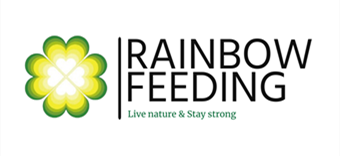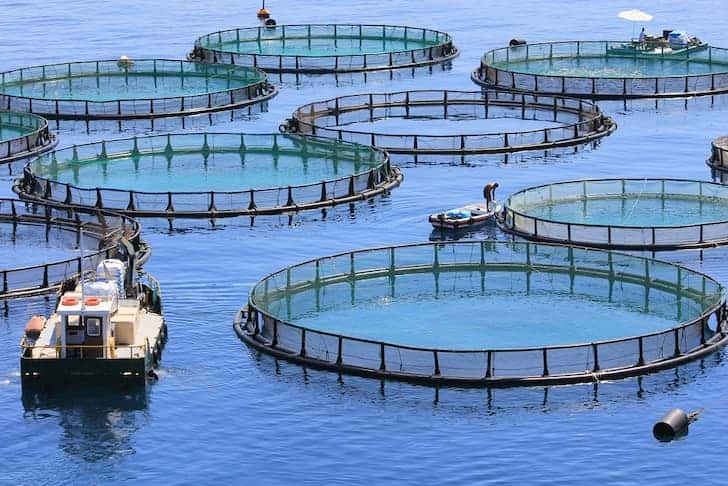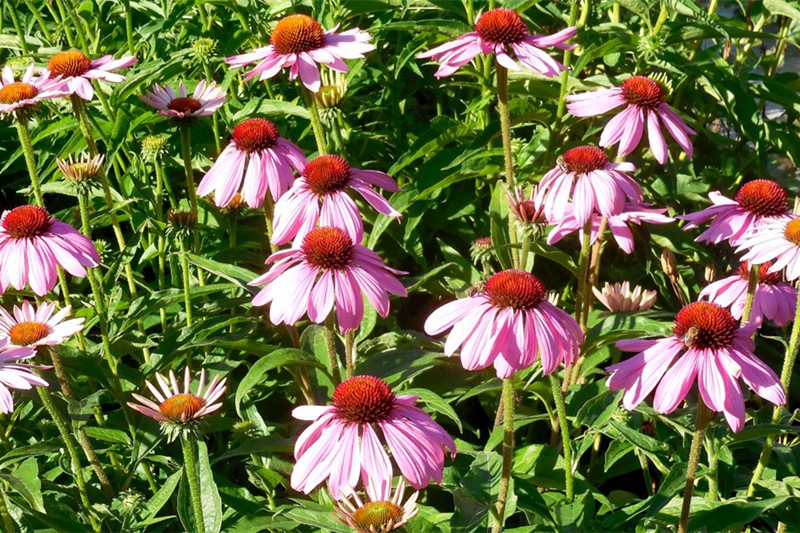Best Herbal Extract Used in Aquaculture
The aquaculture industry is a growing global industry. However, heavy metals from animal raw materials and mineral additives have become the main cause of water pollution, and also threaten the safety of aquatic feed. In addition, the intensive farming system exposes fish to diseases and parasites such as bacteria, viruses, fungus and lice. Antibiotics are commonly used to manage disease in fish but have several drawbacks including emergence of antibiotic resistance and environmental pollution. The abuse of antibiotics has also prompted people to seek safer feed additives, and plant extracts have been identified as a natural treatment for increasing the immunity and growth rate of fish. As a natural, environmentally friendly, safe substance, herbal extracts meet people’s needs in this regard. Various studies have shown that medicinal herbs like garlic, aloe vera, peppermint and thyme have stimulatory effects on fish growth parameters.
The effect of plant extracts in aquaculture
Inducing food and promoting growth
As an aquatic feed additive, plant extracts have positive effects on promoting aquatic food appetite and animal growth and development. Shalaby et al. increased food intake, specific growth rate and final mass of Oreochromis niloticus when garlic extract was incorporated into daily feed. Putra et al. added 1% ethanol Cartok leaf extract to the feed and found that the appetite and feed utilization of Epinephelus coioides were improved.
Immuno enhancement
Some plant extracts showed a good effect in improving the immune function of aquatic products. In terms of antibacterial, antibacterial and anti-pathogen, Balasubramanian et al extracted 20 traditional Indian medicinal plants and tested the activity of each plant extract against white spot syndrome virus (WSSV) in sea shrimp and freshwater crab. The results showed that Beauveria bassiana extract and Masson pine extract showed strong antiviral activity. Monocytes added with plant extract showed no mortality and no signs of white spots, while 100% mortality was observed in the control group. Studies by Kirubakaran et al. on Nyctanthes arbortristis L, an Indian medicinal plant, showed that tilapia fed with selected doses of chloroform extract from night flower seeds It can significantly increase the serum lysozyme, complement activity, intracellular reactive oxygen species (ROS), active nitrogen intermediate (RNI) and MPO content, and improve the immunity to disease. From the disease resistance test, it can be seen that the feed supplemented with 0.1% or 1% of night flower seed extract can significantly reduce mortality. Immanuel et al. tested the hot water extract of brown algae by infecting shrimp with WSSV, and the results showed that the high concentration of hot water extract of brown algae could control the white spot syndrome in the treated group of shrimp, and the effect could reach the extent of replacing some antibiotics.
Improve aquatic quality
In the aquaculture industry, the meat quality and shape appearance of aquatic products directly affect the commercial value of aquatic products, and the different environments of wild and cultured aquatic products will lead to differences in appearance. Many scholars have studied the influence of plant extracts on the body color of aquatic products. Comparing wild, semi-cultured and cultured Clarias batrachus, the results showed that adding lutein could effectively dye and improve the body color of cultured Clarias Batrachus. Adding spirulina to feed can promote the growth and color of Eriocheir sinensis.
The best extract Used in Aquaculture
Garlic Extract
Garlic (Allium sativum) is a plant that has been used throughout history to ward off evil spirits, and for its health benefits. The herb is related to onions, leeks and chives and produces a chemical called allicin that gives it its scent and some of its health properties.
Aged garlic, is an aged form of garlic that has been processed using a unique, months long fermentation process, resulting in the removal of the harsh and unstable organosulfur compounds found in fresh and raw garlic. The aging process also converts allyl sulfinate, the main bioavailable compound in aged garlic, into non-irritating and highly absorbable forms of sulfur. Previous studies have demonstrated that adding aged garlic extract to feed can improve growth performance, body content and nonspecific immunity in fishes. It also can activate the Toll pathway, innate immune deficiency system and prophenoloxidase, and increase antimicrobial peptide expression and intestinal bacterial composition of Chinese mitten crabs (Potissima).
Echinacea Extract
Echinacea is a flowering perennial plant of the Asteraceae family that has been used by Native Americans for hundreds of years to treat wounds and infections. The herb contains compounds that stimulate the immune system and fight infections, including herpes simplex virus (HSVI). In addition to boosting the immune system, echinacea has anti-inflammatory properties and may help with symptoms of sinusitis, ear infection (otitis media), colds, shingles and slow-healing wounds. The extract of echinacea roots contains alkamides, ketoalkenes, caffeic acid derivatives and polysaccharides. The echinacea extract has been shown to have immunostimulatory activity by enhancing the production of cytokines and lymphocytes and by activating the cannabinoid receptor type 2 (CB2).
Adding a tincture of the root to fish feed has been shown to improve survival, growth rates and resistance to challenge infection. In particular, nile tilapia (Oreochromis niloticus) fed echinacea improved feed conversion. The echinacea supplemented diet also reduced hematological parameters and improved disease resistance in the fish.
Peppermint Extract
This plant is a cross between water mint and spearmint that grows abundantly in Europe and North America. The main compounds in the peppermint plant that give it its minty flavor and cool feeling are menthol and menthone. Several studies have shown the antifungal and antibacterial properties of these compounds. These compounds are concentrated in peppermint oil, which is a highly concentrated liquid made by steam distilling the leaves and stems of the Mentha piperita plant. On the other hand, a peppermint extract is made by dissolving the peppermint essential oil in alcohol or another liquid to produce a more dilute product that can be used in food and beverages as well as for medicinal purposes. Peppermint extract is often used as a substitute for antibiotic dietary supplements in aquaculture. The purpose is to avoid the accumulation of antibiotic residues in fish tissues, as well as the evolution of microbes resistant to antibiotics.
Aloe Vera Extract
Aloe vera (Aloe barbadensis) is a spiky succulent plant, native to dry regions and tropical climates across Africa, Asia, Europe and parts of southern and western United States. Its leaves and two primary components — gel and latex or exudates — have been used for centuries to treat a host of health issues, including wounds and burns, constipation, skin problems, and digestive issues. It also provides 12 anthraquinones (including aloin and emodin), four fatty acids, and a range of sugars, including monosaccharides and polysaccharides. Several of these have been found to have anti-inflammatory properties. The researchers fed the extract to 240 juvenile pacu in a controlled feeding trial and observed the results, which indicated that the addition of aloe vera to the diet improved growth performance, feed conversion ratio and gastro-somatic index compared to control diet. Additionally, the protein profile of carp fed the herbal extract showed higher amounts of albumin and globulin. They plan to explore this further in future trials.





